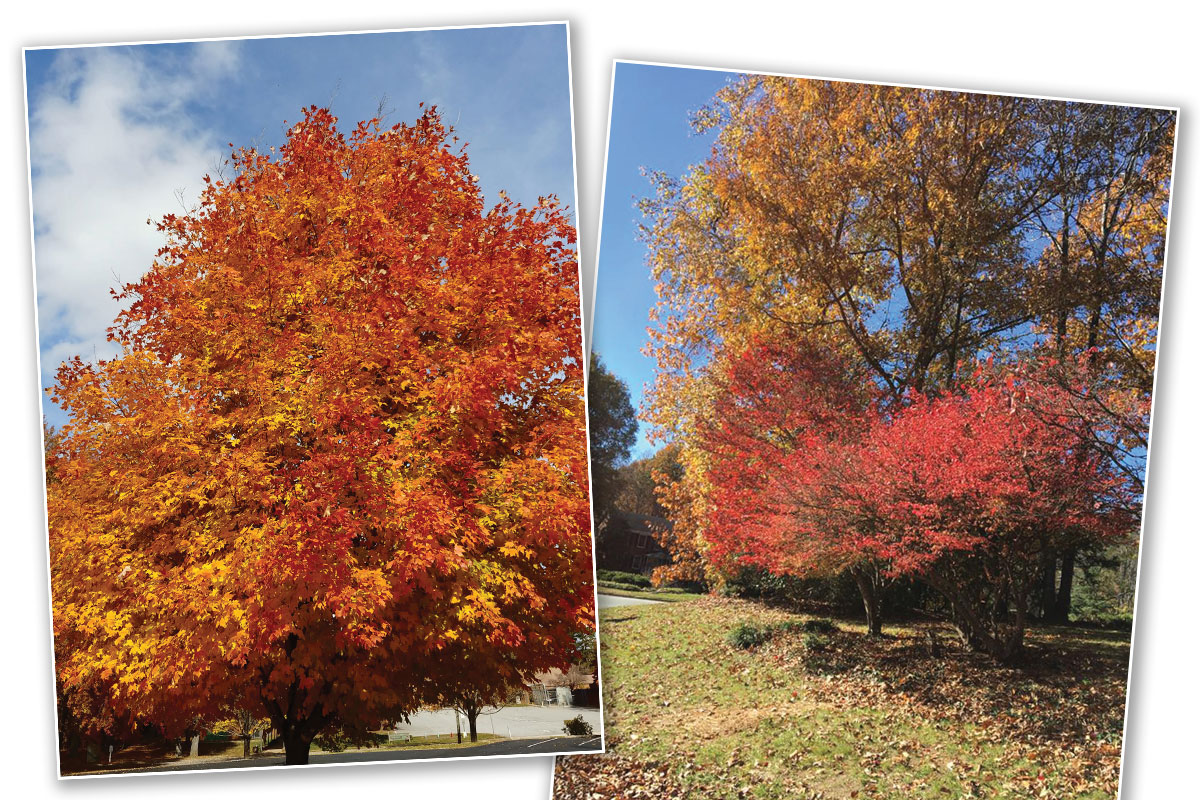by RENEE SKUDRA
I wasn’t born Southern but after nearly seven years of living in the Piedmont, I’ve accumulated a small but keenly felt sense of what that means. Heritage, legacy, provenance are clearly part of the imagination. The great writer William Faulkner said that the life of the South is an epic life and its inhabitants feel a great compulsion to explain it. Thinking about this conceit, I’m looking out the window at the dogwood tree in my front yard, now bare of its luminous white petals but holding within its interlocking branches a lively community of squirrels, cardinals and Eastern blue jays, all navigating a somewhat uneasy truce between themselves in its welcoming arboreal arms. A neighbor down the street has had several fir trees taken down for reasons unknown to me but I swear I could hear the trees screaming as they loudly fell. I have the need to explain something here, too, which Faulkner recognized and it concerns why it is high time that each of us must be concerned about the supreme importance of trees. After watching a new documentary, ”Intelligent Trees” by German forester, author and all-around tree aficionado Peter Wohlleben, I take his point that to anyone who observes trees, it is transcendently clear that they have the ability to sense and react to their environment. Wohlleben takes it a step further arguing that they can feel pain and have emotions such as fear, and that they “like to stand close together and cuddle. They love company and like to take things slow.” In his book “The Hidden Life of Trees,” its biggest reveal is that trees communicate. The idea sounds mystical but it is one that increasingly finds validation in the field of environmental science.
In fact, the positive impact of trees is well-documented in a growing body of scientific studies in the U.S. and around the world. Delving into the abundant literature of trees on the internet and environmental books reveals that trees help us breathe. They clean the air so that we can inhale and exhale more easily, removing the kind of air pollution that is most dangerous to our lungs: particulate matter. They consume the greenhouse gasses that cause climate change by absorbing carbon dioxide from the air and subsequently storing it in their wood. They contribute to the beauty and character of the landscape, provide shade which acts as a natural form of air conditioning, and give a home to wildlife, offering habitats for countless species. Trees also filter our water, making our drinking supply cleaner and more reliable. Forests remove pollutants and sediments from rainfall and then slowly release the water back into waterways and underground aquifers.
It is often remarked that trees boost our mental health. Numerous scientific studies affirm that a simple walk among trees in a city park correlates with a large drop in anxiety and depression. In fact, through social media many people have learned about a Japanese practice shown as Shinrin yoku, translated as “forest bathing.” This is a process of relaxation and a method of being calm and quiet among trees. By taking in the forest atmosphere, we confirm a fact that scientists have known for eons—that time spent immersed in nature is good for us. If we allow ourselves to look closer we can see that trees are in fact megacities, teaming with life. Their elaborate ecosystems reveal how they are inter-connected through root systems. An effective underground communication network reveals how roots intermingle and exchange various elements and molecules such as carbons and sugars resulting in shared nutrients. Wohlleben, a forest manager of over twenty years’ experience, would have it that trees are social beings, communicating, helping each other, even chucking around chemicals to assist with the deterrence of pests. He argues that trees utilize a “wood wide web” of roots and fungal chords that allows the transportation of nutrients from one tree to another.
Admittedly, there are those who might question the notion that trees compete, cooperate and communicate, forming alliances, warning each other of pests. But virtually no one would dispute the fact that trees are multi-factorial life forms. They give us emotional, physical and spiritual nourishment. They have complicated relationships with birds, small rodents, and insects who often participate in the dissemination of seeds and, equally importantly, provide shelter to these creatures. I would argue that we don’t in fact know how far the sentience of trees reaches. I do know that a walk in a grove of crepe myrtles with their bright pink blossoms infuses me with a joy it is difficult to describe. I read a quote attributed to someone named Garth Stein which touched me deeply. He said, “I hear hundreds of years of life. I hear wind and rain and fire and beetles. I hear the seasons changing and birds and squirrels. I hear the life of the trees this wood came from.” As I walk down my street, with its old-growth oak trees, high-flung firs, dogwoods and maples, I notice their beauty as well as the wrinkles in their bark, the wounds made by woodpeckers which painstakingly skimmed insects from them. With my camera in hand I take photos of trees in various stages of light and shadow. I think of Mary Chapin Carpenter’s song about living “on a street where the tall elm shade was as green as the grass and as cool as a blade.” I am grateful that there are so many trees in Forsyth County. I am certain that they are up to a great deal of good and that if a tree falls in the forest, there are other trees listening.






















